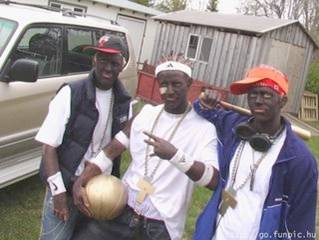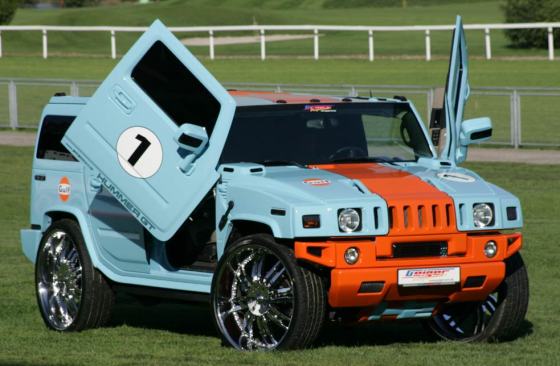I previously wrote about data showing that in many ways, racial minorities are hurt more than Whites by the current economic recession, largely because in many occupations and industries, people of color are overrepresented among those who are recently hired, have less overall years of job experience and therefore, are more likely to be laid off.
However, a large part of daily life for many communities of color, particularly immigrants, centers on local small businesses. How are they doing in the recession? As New America Media points out, while they struggle just like almost all area of American society these days, they still remain focal points for cultural and social life within many communities of color. In addition, many entrepreneurs say the recession actually offers some interesting opportunities:
Recession or not, Mexican businesses that serve up traditional foods like conches, paletas, tacos and sopes to locals in San Francisco’s Mission District remain popular social gathering places in the neighborhood. But sales are another story.
“There used to be lines of people out the door. It’s not like it was,” said Estela Valle, 56, describing the drop in customers at her panadería, La Mexicana Bakery . . . Since the economy collapsed, Valle says she has seen a 40 percent drop in business. But the bakery continues to be popular among the usual crowd of housewives and construction workers, says Valle; they are just buying less. . . .
Nail salon owners, many of them Vietnamese immigrant women, say their businesses are slumping along with the economy.
Susan (Xuan) Le, owner of Susan’s Nail and Spa in Oakland, has been a manicurist for 20 years, and she says this is the hardest time. . . .
“People can’t afford it. They can’t afford to pay rent and eat, how can they have money to pay for manicures and pedicures?” she said. “They are coming back, but it’s taking longer than before. If they used to come every two weeks, now they’re coming in once a month. My income is cut in half.” . . .While [others] cut back, Quyen Ton is venturing out on her own. After 14 years as a manicurist in other peoples’ shops, she decided to start her own business: White Daisy Nail Spa in San Francisco. “I have the skills and am good with customers. I had the ability and confidence to run my own business. I wanted to see if I could make a go of it, and make a better living,” Ton said.
Ton said a bad economy didn’t deter her. Instead it gave her an opportunity. “The good thing is that it’s easy to get a lease, they don’t require a lot, and it’s easier to negotiate a lower rent,” said Ton.
Certainly immigrant minority small businesses and their owners are just like other American businesses and workers — the recession has led to tough times and many businesses struggle to stay afloat. As the article describes, many immigrant minority owners have had to change and adapt to the economic downturn just like anybody else.
Nonetheless, the article illustrates some interesting points about immigrant business owners — even though sales are down, they are still prominent fixtures in their communities as places where people can congregate, socialize, maintain relations with friends and neighbors, and in doing so, perhaps share information about jobs, social services, or other ways to better survive the recession.
In other words, many immigrant minority businesses are more than just a place to buy goods or services — they can also serve as spaces for ethnic groups to maintain ethnic solidarity. This collective process also serves as an informal kind of networking and social support that can have many direct and indirect benefits for community members in times of economic difficulty.
In providing a space and social structure within which members collaboratively provide and access informal resources to/with each other, churches frequently perform similar functions as well. Taken together, such immigrant minority institutions can provide a form of social “safety net” for ethnic groups and may help to lessen some of the more negative consequences of the recession.


